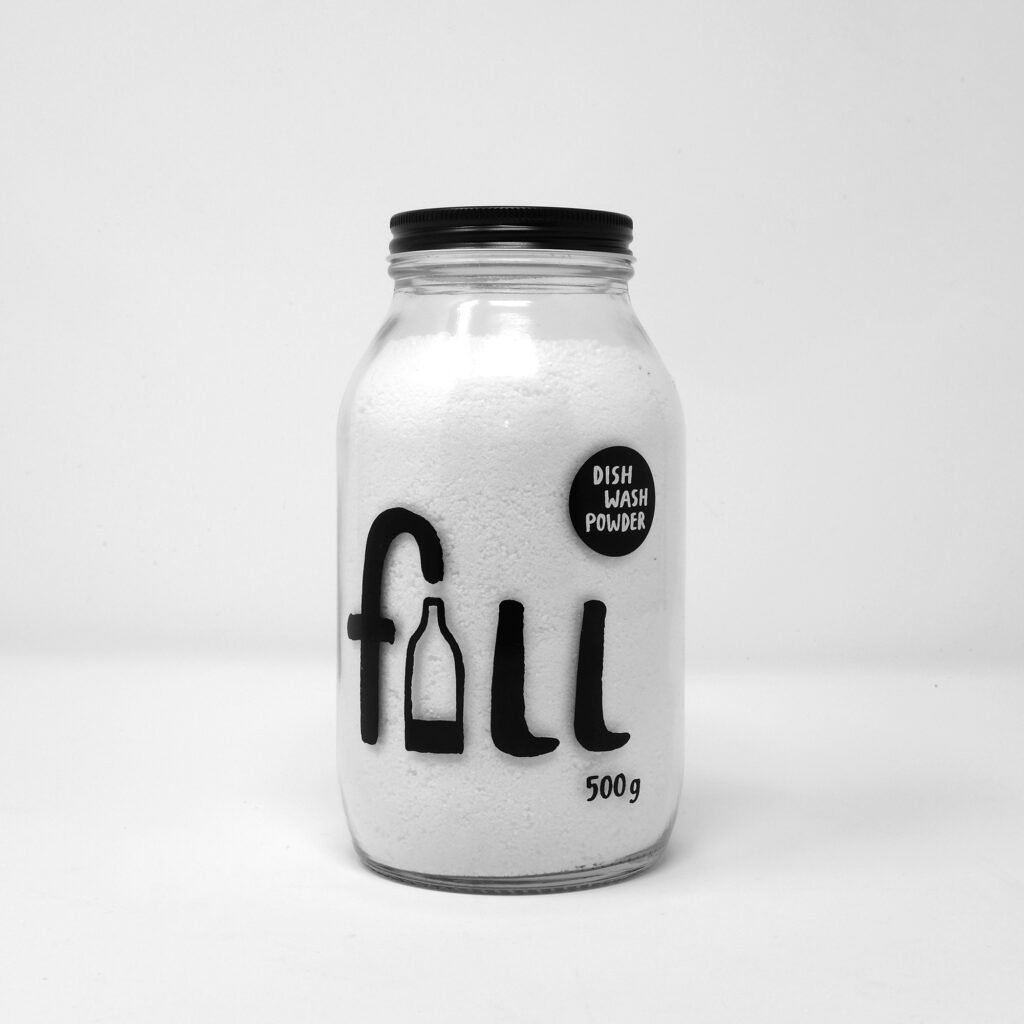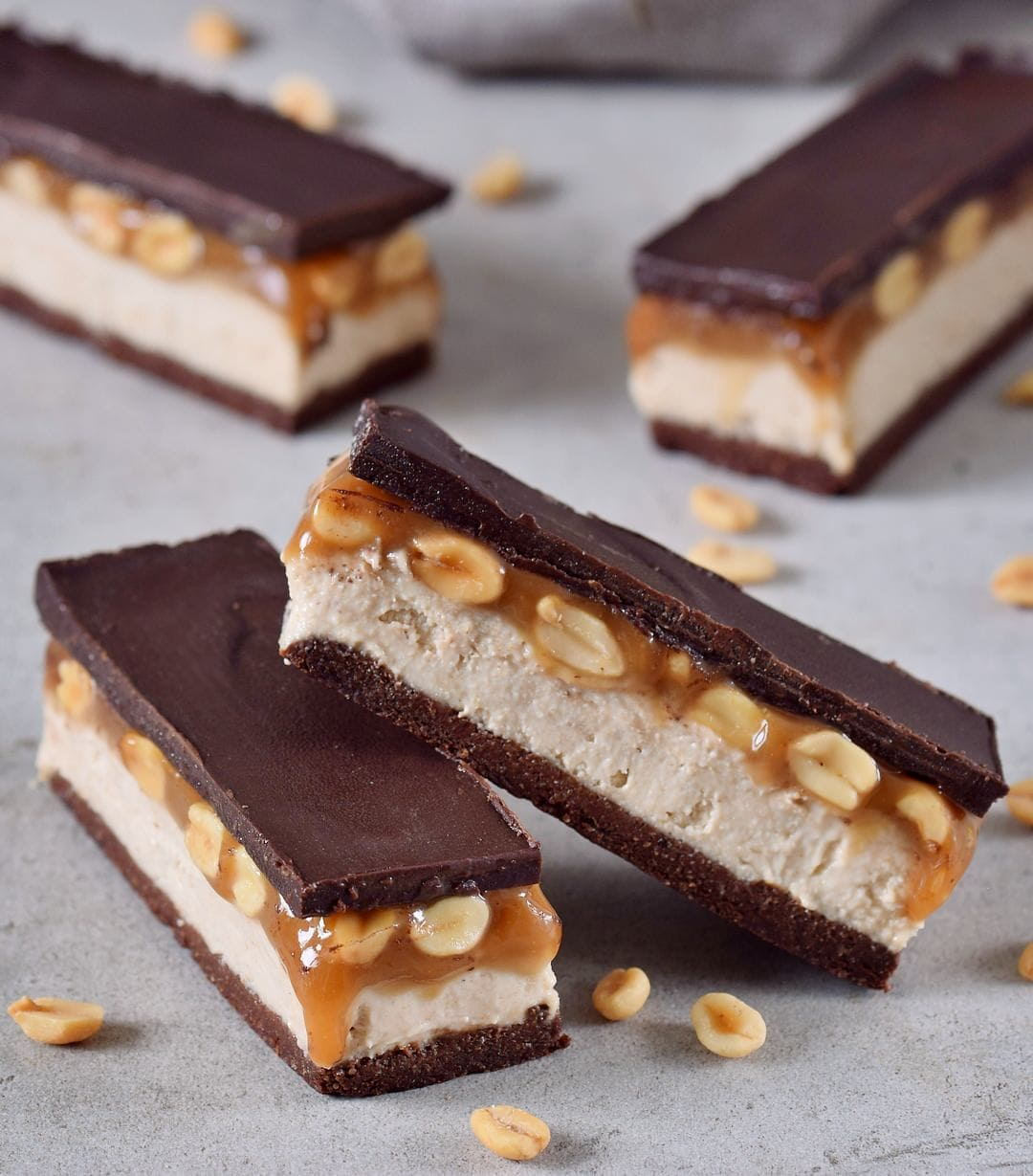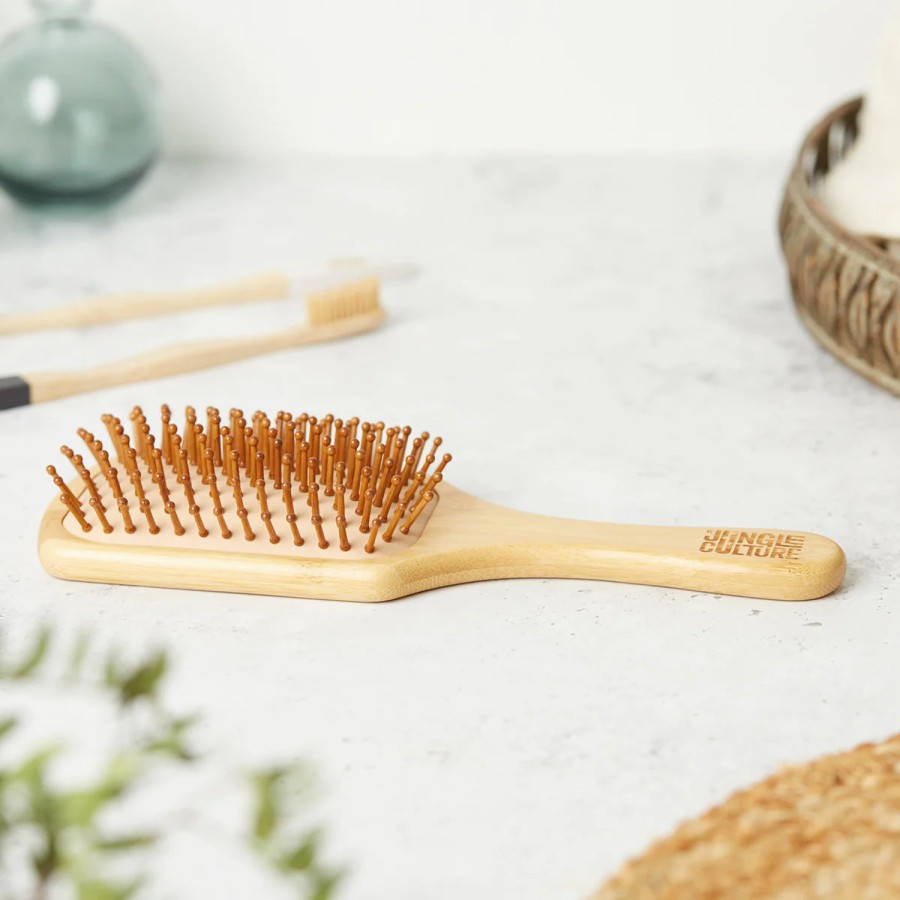Affordable Good Double Glazing Alternatives
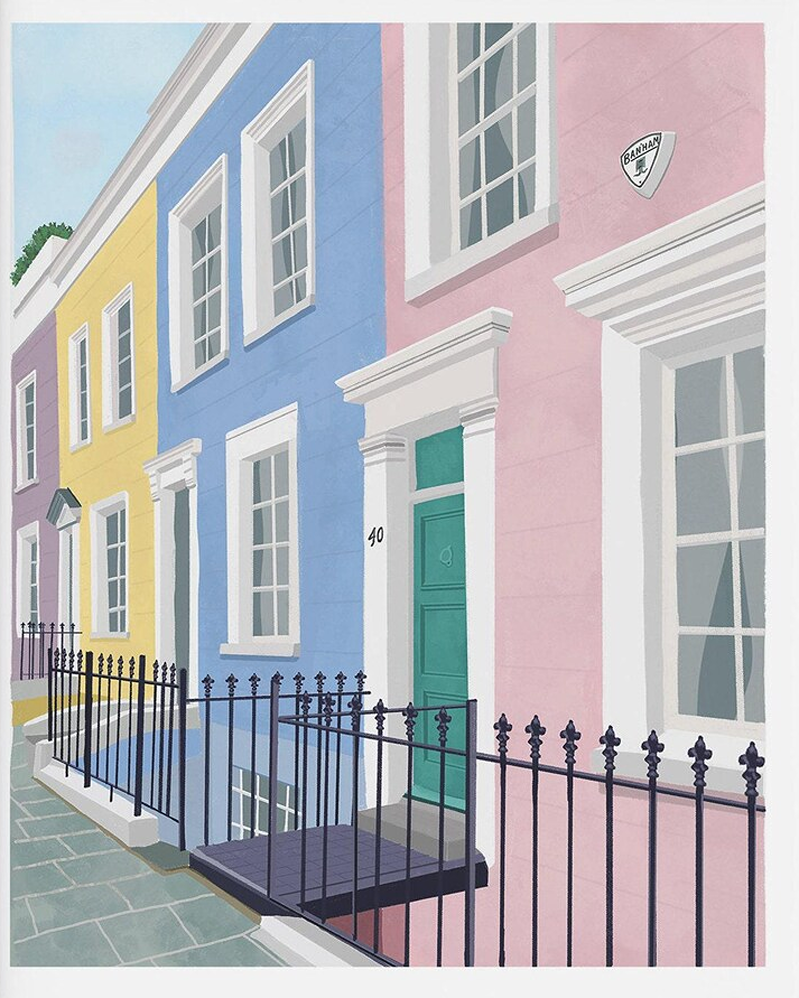
Older homes may have charm and history, but often also have cold draughts that whistle through thin glass, especially in winter. Double glazing can make these homes warmer and quiet (and slash energy bills). But the price of installing double glazing is often too high for many people on low incomes.
Traditional double-glazed windows sometimes costs thousands of pounds, and some homes can’t install it anyway, due to regulations for listed buildings. There are other options, that you may be interested in.
Glass windows (and conservatories) can heat up quickly. So as with cars, never leave pets in warm rooms. Also never face indoor foliage to face gardens, to help stop birds flying into windows.
Secondary Glazing for Quick Insulation
Secondary glazing is when a second pane (glass or acrylic) is fitted inside the window frame, to create an insulating air gap. This makes it harder for heat to escape, or cold to enter. It works well in heritage homes, when you are not allowed to replace windows.
Secondary glazing costs 30% to 50% less per window, than double glazing. It’s best fitted by professionals. But if you’re good at DIY, you can buy kits that only need simple tools. Good for sash and casement windows, and awkward shapes.
Compared to fitting new double glazing, secondary glazing comes in at around 30% to 50% less per window. You can save even more by opting for a DIY kit instead of hiring professionals. Most kits are straightforward and only require simple tools. You’ll find solutions for sash windows, casement windows, and even awkward shapes.
The benefits are better warmth inside and noise reduction. Along with condensation control, and you can take it down for cleaning and repair.
Measure your windows carefully, as most kits have maximum and minimum sizes. Start with one room to see if there is improvement, especially in draughty rooms.
Magnetic Secondary Glazing Kits
These use lightweight and flexible plastic sheets attached with magnetic strips, to existing metal window frames. These close gaps to stop heat slipping out. They are around £50 per window, so far more affordable. Again they are simple to install, and you can remove extra glazing in summer months, if required.
One good brand is Eco.ease. Wipe down regularly to keep clear, store panels flat, and avoid sharp bends. They won’t win awards for looks, but for short-term comfort and low-cost, they’re a good option.
Thermal Blinds for Everyday Use
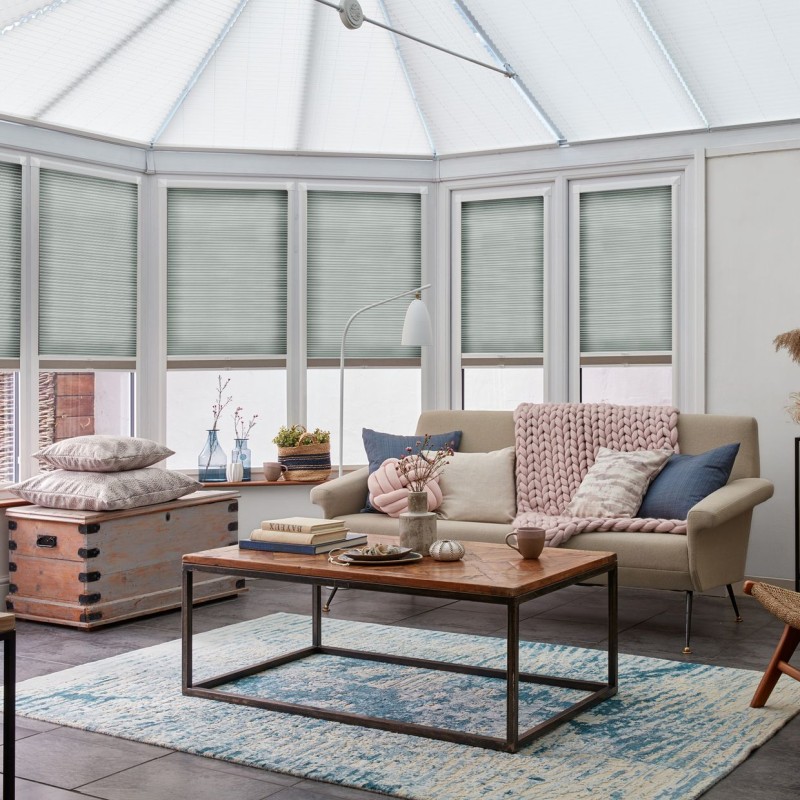
Thermal blinds (which cost around £40 to £100 per window) earn their name with their foldable, pocketed design. Each cell traps air, slowing the passage of warmth out and cold in. Studies show they can save up to 25% on heating bills, particularly in rooms with large windows.
They honeycomb design creates an insulating layer to reduce heat loss by up to 55%, when it’s cold outside. And these blinds also keep room temperatures more comfortable on sunny days, reducing UV rays by up to 99.9%.
In many styles and colours, there are no-drill bracket options, to fit in minutes without a screwdriver. The blinds also give privacy and manage light levels, making them ideal for living spaces, bedrooms or even kitchens.
No-Drill Shutters for Secure Insulation
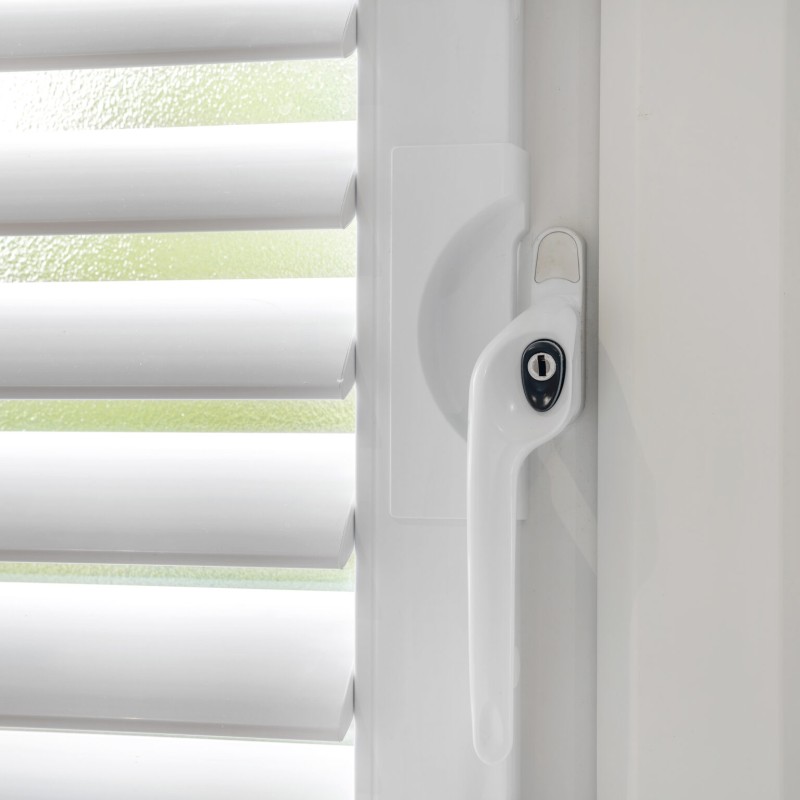
No-drill shutters offer wood or faux-wood finishes that leave window frames untouched. These slot into place and seal the edges of your windows, to stop draughts from sneaking in around the sides.
They cost around £80 per window for self-fit models. Accurate measuring is key, and most brands offer guides to ensure the right fit and full coverage. Look for insulation ratings, to compare products. They can also regulate humidity by limiting air movement across cool surfaces. This cuts down on condensation, and the risk of damp.
Vacuum Insulated Glass and Triple Glazing
Vacuum Glazing is a clever solution: two glass sheets are sealed with a gap containing a vacuum, making it a strong barrier against heat loss. It’s thinner than triple glazing but insulates just as well, and prices start from around £150 to £300 per pane.
Triple glazing adds a third glass layer, boosting energy efficiency but adding weight and often needing professional fitting. Look for units with high energy ratings to ensure you get good value, and ask about grants such as the UK’s ECO4 scheme if you qualify for help with costs.
Always confirm details with your installer, and check local authority guidance before buying.
CosyGlazing for Period Properties
CosyGlazing from Mitchell & Dickinson, offers a bespoke solution ideal for heritage buildings. It uses slim aluminium frames fitted with modern glass to keep original sash or casement windows unchanged. Prices begin at £200 per window.
This system achieves up to 68% heat retention compared to single glazing and has been used in Georgian, Victorian, and Edwardian homes across the UK. Customer testimonials mention noticeable differences in warmth and quietness soon after fitting.
Planning Rules and Damp Prevention
In England and Wales, internal secondary glazing rarely needs permission, since it doesn’t affect your home’s look from the outside. External changes or major upgrades may, so check with your local council if unsure.
Pair new insulation with good airflow—openable vents, extractor fans, or simple dehumidifiers—to clear out excess moisture and avoid damp. Be sure to seal window frames and check for leaks once or twice a year.



